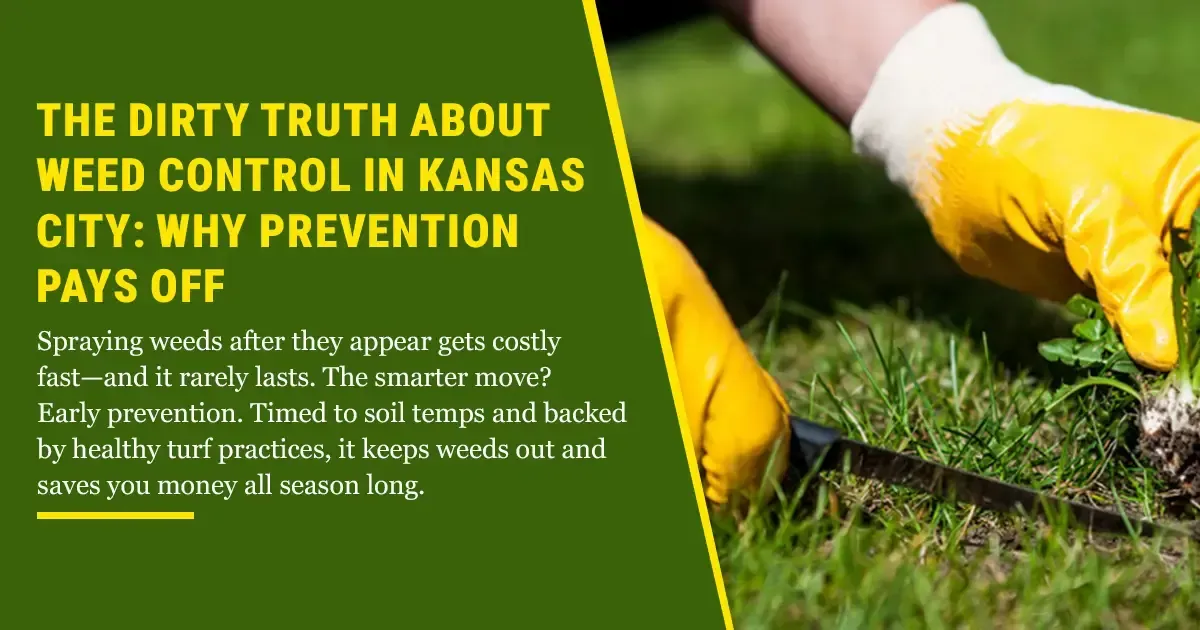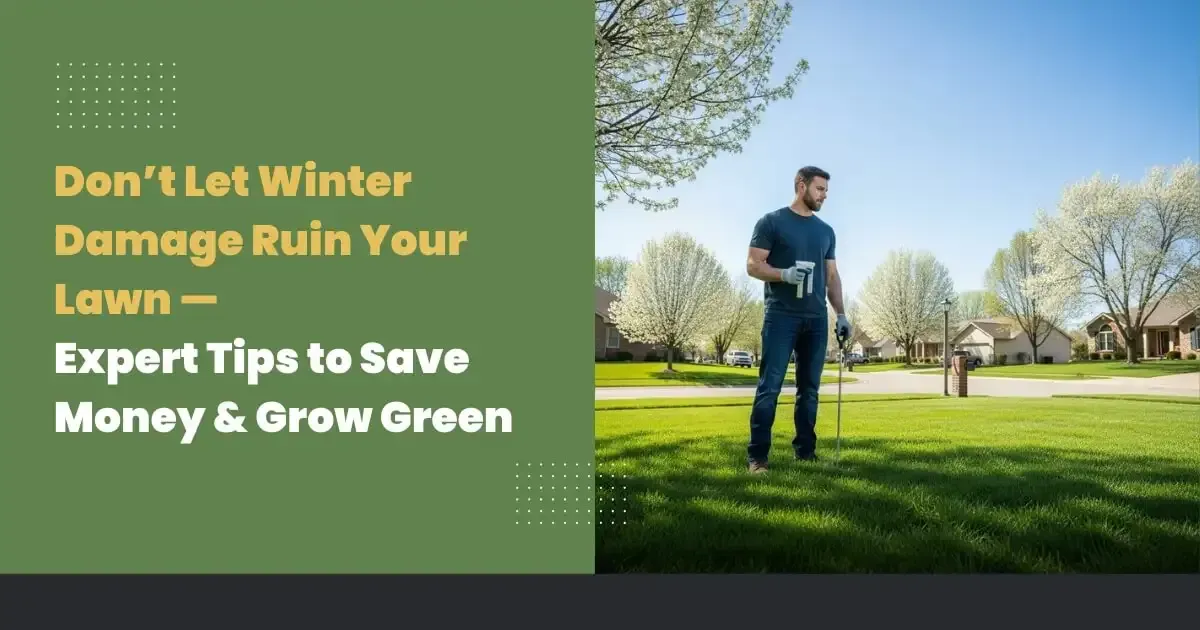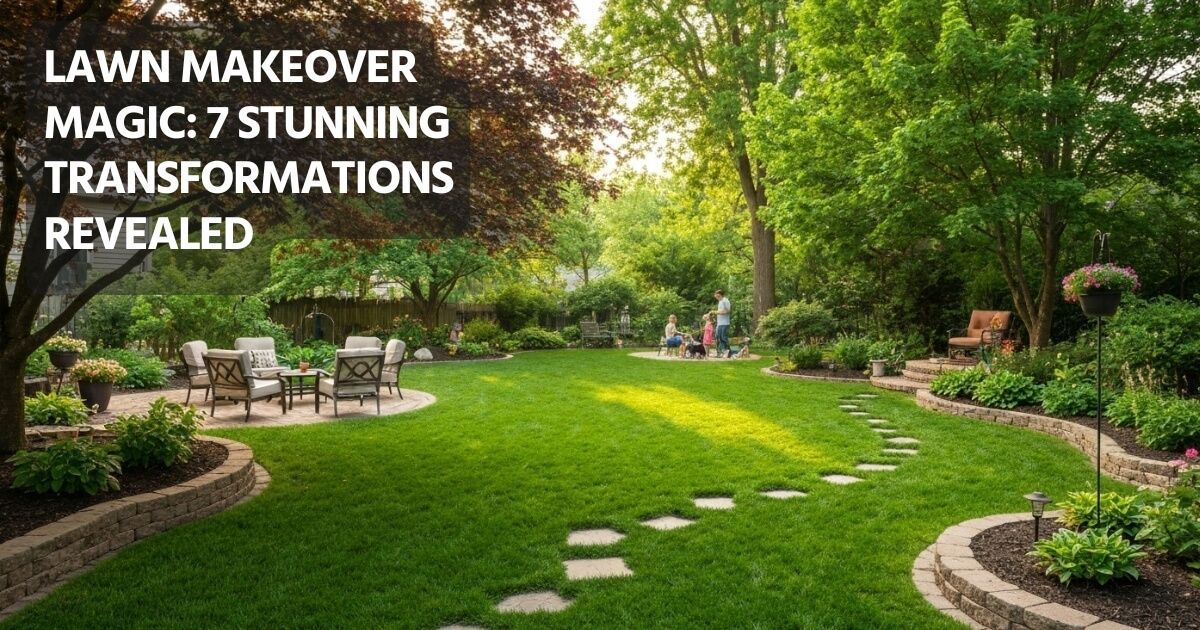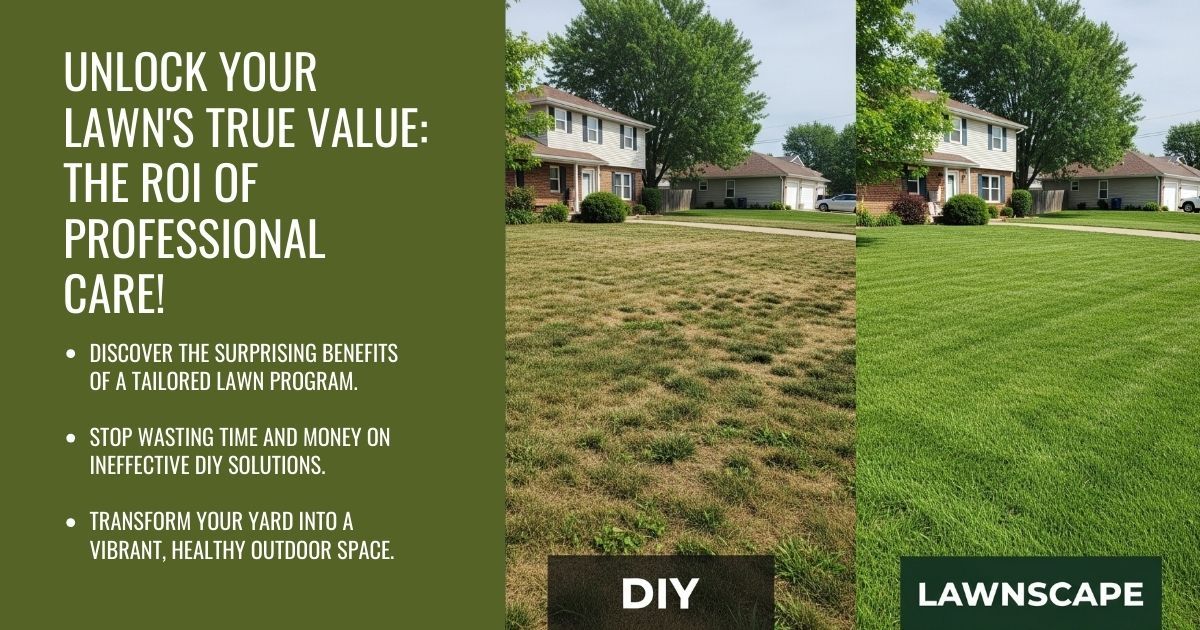The Overseeding Revolution: Why Smart Kansas City Homeowners Are Choosing Strategic Recovery Over Full Renovations
At
Lawnscape Specialists, we’re seeing a clear shift across the Kansas City Metro—especially in the Northland communities of Parkville, Riverside, Gladstone, Liberty, Weatherby Lake, and nearby areas. Instead of tearing out a tired lawn and starting over, more homeowners are getting faster, more resilient results with a strategic
overseeding plan that improves what you already have. Overseeding, paired with the right preparation and follow-through, preserves healthy roots and soil biology, reduces disruption and cost, and delivers a thicker, greener yard for seasons to come.
Why Full Renovations Fall Short in the KC Transition Zone
Kansas City sits in the
transition zone—hot summers, cold winters, and common
clay soils. A full renovation can reset the lawn, but it also resets beneficial soil structure and removes turf that’s still viable. Overseeding keeps the parts that are working (established roots, microbial networks), then upgrades the stand with improved genetics and better density. For many Northland properties, that means stronger results with far less disruption.
The Strategic Overseeding Framework
Successful overseeding isn’t “throw seed and hope.” It’s a system tuned for Kansas City lawns:
- Assess the site: Identify sun/shade patterns, traffic lanes (kids, pets), drainage issues, and thin patches.
- Prep the seedbed: Relieve compaction and create seed-to-soil contact with core aeration and verticutting. Clay soils benefit enormously from these steps.
- Select the right blend: In the KC Metro, a tall-fescue-forward blend provides heat tolerance and durability. Use perennial ryegrass for quicker coverage where needed and fine fescue in select shade sections.
- Seed with intention: Calibrate spreaders, overlap lightly, and prioritize even distribution in high-use zones.
- Protect and establish: Maintain consistent surface moisture through germination; mow at the proper height as turf matures to shade soil and discourage weeds.
Local Timing That Works
Prime window: early–mid fall, when soil is still warm and air temperatures cool—ideal for roots before winter. If you missed the window, early spring can work, but fall typically delivers better summer resilience. Our team times
aeration, verticutting, and overseeding around Kansas City’s seasonal patterns so germination and root growth land in the sweet spot.
Why Overseeding Often Outperforms Renovation
- Preserves soil biology: Keeping living roots and existing microbial networks supports nutrient cycling and stress tolerance.
- Targets the real problem: In many KC lawns, compaction and poor seed-to-soil contact—not the entire turf—are the bottleneck.
- Upgrades genetics: Modern cool-season blends (tall fescue focus) bring better heat performance, color, and density—without starting from zero.
- Reduces disruption and cost: Overseeding improves the lawn while you keep using your yard—no full tear-out required.
KC Seed Strategy: Build by Zone
Most Northland properties need more than one seed mix because light and usage vary by area:
- Front yard, full sun: Tall-fescue-forward blend for durability and summer performance.
- Backyard play areas: Add a modest percentage of perennial ryegrass for quicker early coverage and wear recovery.
- Trees and filtered light: Introduce a careful share of fine fescue; consider pruning for more light where practical.
- Deep shade (under 2 hours direct sun): Grass struggles—mulch beds, groundcovers, or hardscaping may be the better long-term solution.
Clay Soil Reality: Prep Matters More Than the Label
In KC’s clay, water can pool after storms and soils compact under foot traffic. That’s why we pair overseeding with
core aeration and verticutting to open channels, seed into grooves, and help roots establish deeply. Where appropriate, light topdressing with screened compost can improve structure and moisture balance without smothering seed.
Watering and Mowing for Lasting Density
- During establishment: Keep the top 0.5–1 inch of soil evenly moist (not soaked) until germination and early rooting.
- After establishment: Shift to deeper, less frequent watering to encourage root depth—especially before KC’s summer heat.
- Mowing height: For tall fescue, about 3–3.5 inches shades the soil surface, reduces weed pressure, and supports summer color.
When Overseeding Isn’t Enough
Some lawns do require targeted corrections first. Heavy thatch, chronic drainage issues, or severe shade can undermine any seeding plan. We often combine selective weed control with soil prep before seeding, and we’ll flag grading or tree-light challenges that need attention to protect your investment. If pests are part of the problem, we can coordinate
pest control so seedlings aren’t fighting a two-front battle.
KC Troubleshooting: Quick Fixes for Common Issues
- Thin strips along paths: Add an extra verticut pass and a touch more seed; consider stepping stones where traffic is constant.
- Soft, wet spots: In clay, micro-grading or a small swale can move water off problem areas so roots survive winter and summer swings.
- Weed flare-ups: Expect some annuals to appear with soil disturbance; plan selective controls post-establishment per label timing.
Your Next Step
If you’ve tried to overseed before and it didn’t “take,” odds are the seedbed or timing missed the mark for Kansas City’s conditions. We can evaluate your property, prep properly, and seed the right blend—then set watering and mowing guidelines that lock in results.
- Explore Lawn Care (6-Step): aeration, verticutting, overseeding and weed control
- Request a quote or on-site assessment
Lawnscape Specialists proudly serves the Northland and the greater Kansas City Metro. Call 816-284-8097 or
reach out here.










